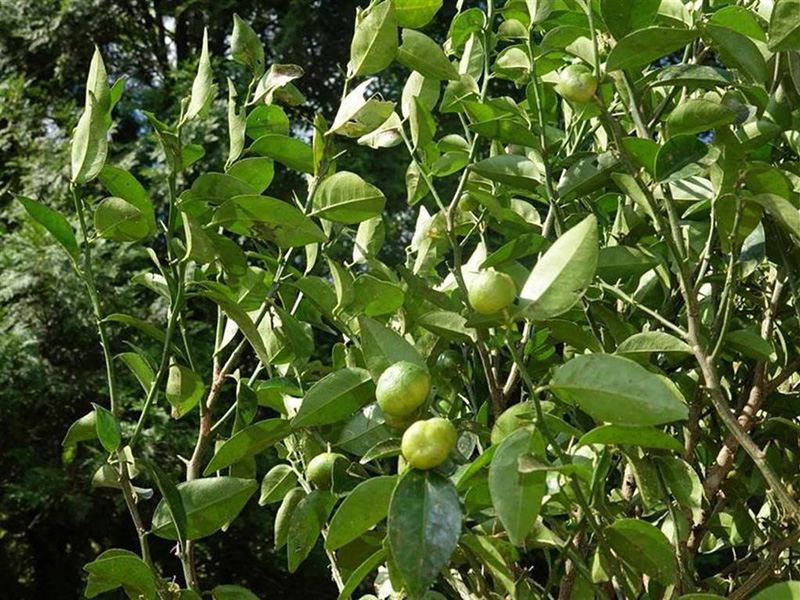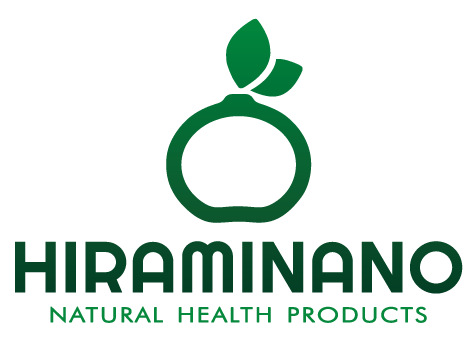作者:Hiraminano
分享文章:
作者:Hiraminano
分享文章:

After the Mid-Autumn Festival, it is the season of citrus. Citrus has always been an important fruit in Taiwan, such as ponkan, kumquat, oranges and lemons. In addition to citrus crops, there are also four types of native citrus in Taiwan, such as Taiwan vanilla, tangerine, Nanzhuang orange, and lime, among which Taiwan vanilla has been proved to be rich in functional components such as polymethoxyflavonoids, which is the future star of Taiwan’s citrus industry.
The Fushan Research Center of the Forestry Experimentation Institute of the Council of Agriculture is committed to the translocation and conservation of native plants, including the preservation of Taiwan’s native citrus species, with the hope that through the preservation of the species, the Taiwanese citron can be utilized in a sustainable manner.
The Fukuyama Research Center explains that of the four native citrus species in Taiwan, the Taiwan chanterelle is native to Taiwan, Kyushu, Japan, and Okinawa; the mandarin orange is also native to Taiwan, Kyushu, Japan, and Okinawa; the Nanzhuang orange is native to Nanzhuang, Hsinchu, and the eastern part of Taiwan; and the sour orange is native only to Orchid Island, and is also known as the Orchid Lime, which has since been combined by scholars to form the sour orange.
The production of citrus requires appropriate climate and soil development, and Taiwanese farmers often need to use native citrus as rootstocks for citrus crops in order to adapt to the local terroir, of which limes and mandarins are currently important rootstocks used by Taiwanese farmers for citrus production.
In addition, the improvement of fruit varieties often leads to the introduction of native plants as propagation materials, such as the native Taiwan apple is also another contribution to the improvement of apples in Taiwan; the Institute of Forestry has assisted the Agricultural Experimentation Laboratory of the Council of Agriculture in the collection of wild Taiwan apple plants.
According to the Fukuyama Research Center, the Taiwan lemon is the native lemon of Taiwan, also known as the flat lemon, because it is flatter than the commonly known lemon. The lemon we eat today is originally from Malaysia and was selected by the British from a single plant in the wild.
Taiwan lemon has a strong aroma and sour flavor, has been proved to have a high content of vitamin C, and is rich in polymethoxyflavonoids such as chuan chen piin and orange peel, which are beneficial to the human body as a functional ingredient, and is now grown in large quantities by farmers, and is now mostly exported to the Japanese and Chinese markets in the form of juice. Through the application and development of Taiwan’s fragrant lemon series, the expansion of marketing channels, and even future improvements in production technology and varieties, Taiwan fragrant lemon is expected to become the star of tomorrow for Taiwan’s citrus.
According to Fushan Research Center, the Ark Project, developed by the Forestry Research Institute, is dedicated to the conservation of native plants in the field, and the species in the wild will be moved to greenhouses and nurseries for preservation and propagation. Under today’s large-scale land development and utilization, the habitats of many native plants have been greatly impacted, including the native habitat of the Taiwan fragrant lemon, which still needs human assistance for the preservation of the Taiwan fragrant lemon’s species. There are still many uses for native plants that need to be developed in the future. The Fushan Research Center will continue to conserve and propagate native plants in order to preserve the diversity of ecosystems and to provide future generations with the opportunity to learn about and further promote the use of Taiwan’s native plants.
Original source:
追蹤美麗與健康相關訊息





